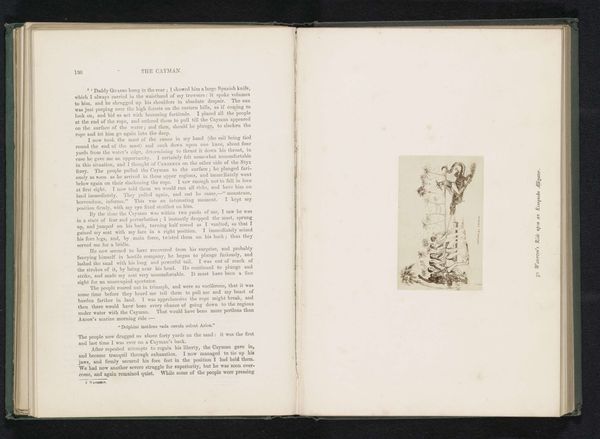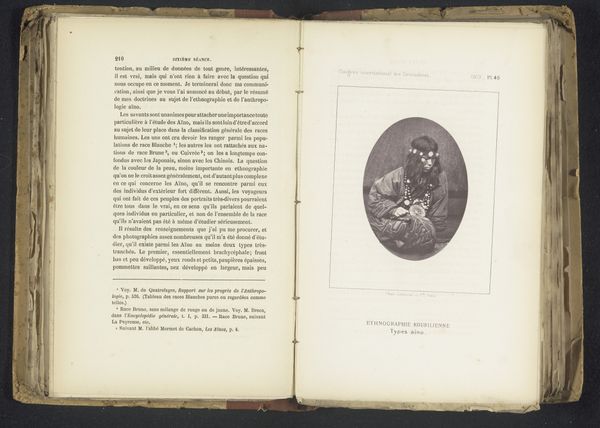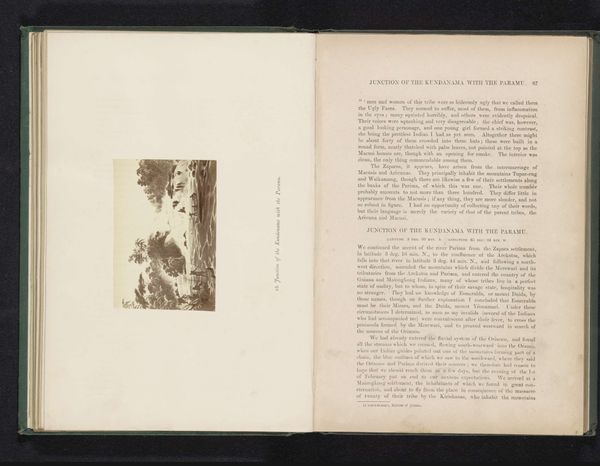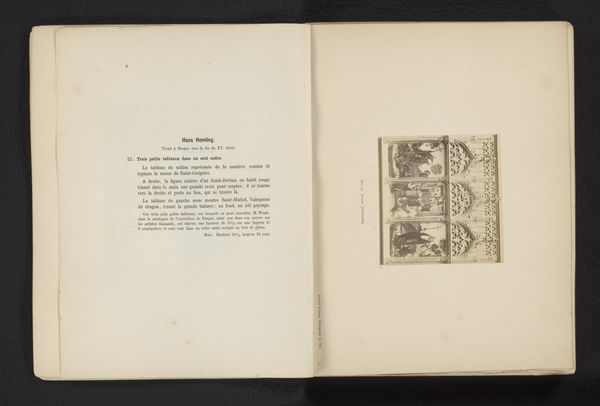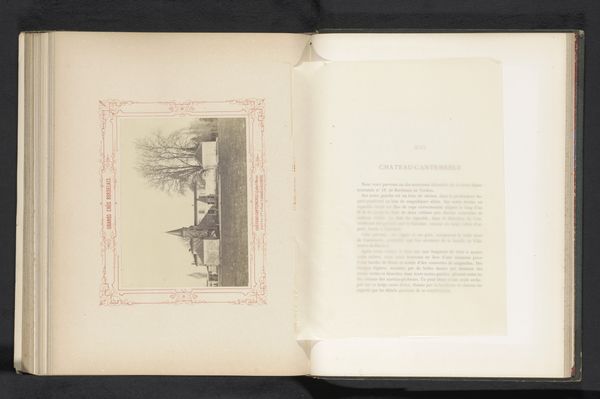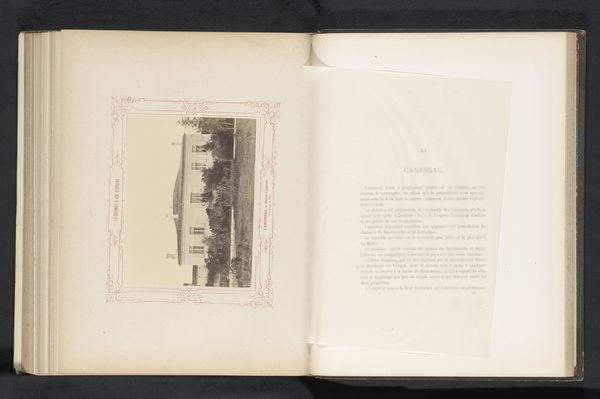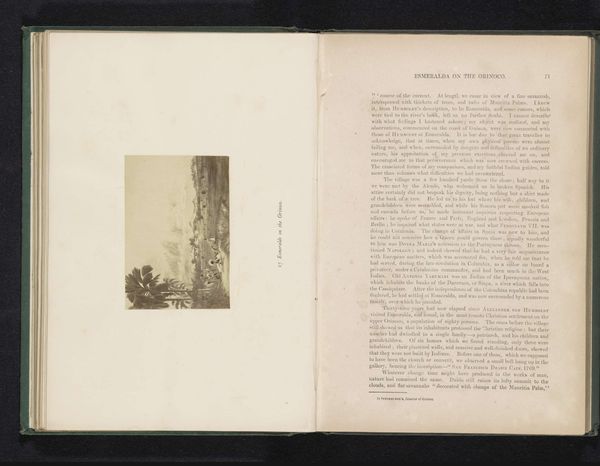
La photographie ses origines, ses progrès, ses transformations 1869
0:00
0:00
print, photography
# print
#
photography
#
history-painting
#
modernism
Dimensions: height 203 mm, width 133 mm, thickness 13 mm
Copyright: Rijks Museum: Open Domain
Editor: So, here we have "La photographie ses origines, ses progrès, ses transformations" which translates to Photography: Its Origins, Progress and Transformations, a book from 1869 by Louis-Désiré Blanquart-Évrard. It's fascinating how this print blends text and imagery, but what particularly strikes me is its reflection on photography’s evolution within its own historical moment. What can you tell us about its place in the art world then? Curator: This book offers a unique window into how photography was being understood and legitimized as an art form and a science in the mid-19th century. Blanquart-Évrard was not only a photographer but also a publisher. So he actively shaped the discourse around it. What do you make of the title, especially the use of the word 'transformations'? Editor: Well, considering the rapidly evolving technology at the time, the transformations piece suggests a dynamic field, constantly reinventing itself. Was there any public debate around the rise of photography as art? Curator: Absolutely. Photography challenged traditional artistic hierarchies. Think about the Salon system in France, or the role of art academies elsewhere. Photography threatened established modes of representation and artistic authority, creating anxieties but also new opportunities for artists and institutions. Editor: So the book can be seen as an argument for photography's recognition, battling those anxieties? Curator: Precisely. Blanquart-Évrard's work reflects a larger struggle for photography's institutional acceptance and artistic validation. By situating it within the framework of "progress," he appeals to the 19th-century belief in technological advancement, but how do you feel that the context translates today? Editor: Considering how easily photography has permeated art and society, it seems as though his argument succeeded, maybe more than he ever thought possible. Curator: Indeed. It's a testament to the power of photography and to those who advocated for its recognition, even in the face of institutional resistance.
Comments
No comments
Be the first to comment and join the conversation on the ultimate creative platform.

